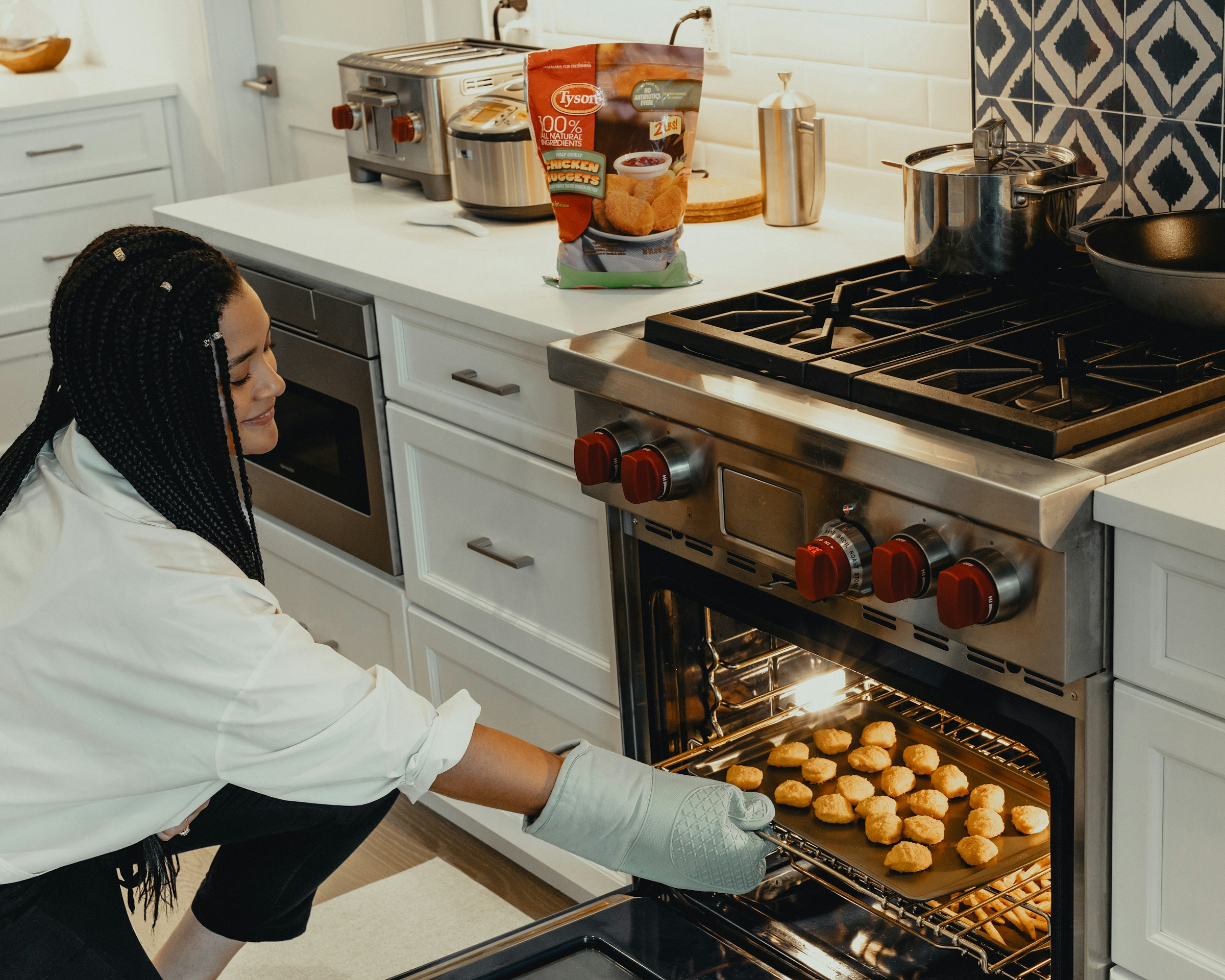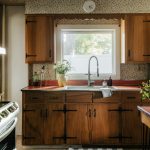As you navigate through your daily culinary chores, the cacophony from your kitchen appliances can indeed disrupt the serene environment of your home. While these tools are essential utilities in our daily lives, the noise they produce can be quite distracting. Soundproofing your kitchen can be an effective solution to this problem.
From the hum of your refrigerator to the whirl of your blender, every machine contributes to the overall noise level. To combat this, there are several soundproofing methods that you can adopt. They range from using acoustic materials, implementing insulation, and adding mass to your walls, ceiling, and floor. In this article, we will delve deeper into the most effective soundproofing techniques and materials, focusing on the kitchen space.
In parallel : How to design a kitchen floor plan that includes a mudroom integration?
Understanding the Fundamentals of Soundproofing
Before we plunge into the various methods of soundproofing, let’s first comprehend the basics. Soundproofing involves preventing or reducing the transmission of sound from one room to another. It entails the use of various materials or techniques that can absorb, reflect, or diffuse sound waves.
Every soundproofing method has a specific purpose. For instance, adding mass to your walls, ceilings, or floors can prevent noise from easily penetrating through. On the other hand, acoustic materials can dampen sound waves and reduce echo. In combination, these methods create a quieter and more peaceful environment.
Also read : What are the best countertop edge styles for minimizing spills?
Acoustic Materials: A Key to Effective Soundproofing
The use of acoustic materials is a common method used in soundproofing. These materials function by absorbing sound waves, thus reducing the noise that is reflected back into the room. Not all materials are created equal, and certain ones are more effective at this task.
One such material is known as Aixfoam. This high-quality foam is specifically designed for acoustic purposes. It absorbs and reduces noise effectively, making it an ideal choice for soundproofing a kitchen. The foam can be installed on the walls, ceiling, or even underneath the kitchen appliances, thereby reducing the noise produced by these machines.
Other effective acoustic materials include sound-absorbing panels and soundproof curtains. Panels can be strategically placed around the kitchen to absorb unwanted noise, while soundproof curtains can be hung around noisy appliances to reduce the sound.
The Importance of Insulation in Soundproofing
Insulation can play a major role in soundproofing your kitchen. It works by creating a barrier that prevents sound from passing through. When you insulate your kitchen walls, ceiling, or floor, you are essentially creating a buffer that reduces the amount of noise that can penetrate through.
There are several types of insulation materials available, from mineral wool to spray foam and blown-in cellulose. To choose the right option, you must consider the type of noise you are dealing with and the structure of your kitchen. For example, if your refrigerator is causing a lot of low-frequency noise, a denser insulation material like mineral wool would be a better choice.
Adding Mass for Effective Noise Reduction
Adding mass to your kitchen walls, floor, or ceiling can significantly reduce the amount of noise that passes through. This method works based on the principle that sound waves find it difficult to travel through denser materials.
Soundproof drywall is a popular option for adding mass. It is denser than regular drywall and contains layers of materials designed to absorb and block sound. When installed correctly, soundproof drywall can significantly reduce the amount of noise that penetrates through walls and ceilings.
Another effective technique is to use mass-loaded vinyl (MLV). This is a flexible, thin material that can be added to existing walls or floors to enhance their soundproofing capabilities. MLV contains high mass and density, making it better at blocking sound transmission compared to regular materials.
Incorporating Soundproofing in Kitchen Flooring
Lastly, the kitchen floor plays a significant role in sound transmission. The sound produced by appliances can easily bounce off hard surfaces and amplify within the room. Therefore, incorporating soundproofing in your kitchen floor is crucial.
There are several ways to soundproof a kitchen floor. For example, you can use a combination of soundproof underlayment and a thick, plush rug. The underlayment will help to absorb the noise, while the rug will prevent sound waves from bouncing off the floor.
Another option is to install acoustic floor tiles. These tiles are designed to absorb sound and reduce noise levels. They come in a variety of designs and materials, making it easy to find one that suits your kitchen décor and soundproofing needs.
In summary, soundproofing your kitchen involves a combination of techniques and materials. From using acoustic materials and insulation, to adding mass and soundproofing the floor, each method contributes to reducing noise levels and creating a quieter, more peaceful kitchen.
Taking Advantage of Specialized Kitchen Appliances
Though soundproofing your kitchen with the aforementioned methods can be very effective in reducing noise, it’s also worth considering the use of specialized kitchen appliances that are specifically designed to be quieter. This approach can be seen as a preventive measure to control the source of the noise.
These appliances include high-quality refrigerators, dishwashers, and exhaust fans that have been engineered to operate quietly. They often incorporate advanced technologies and superior insulation to reduce noise levels. For instance, some dishwashers have a layer of sound-absorbing insulation around the tub and a quieter motor to reduce operational noise.
When purchasing kitchen appliances, pay attention to their decibel (dB) rating. The lower the dB rating, the quieter the appliance will be. For instance, a dishwasher with a dB rating of 45 or less will be virtually silent compared to one with a higher rating.
While investing in these appliances may have a higher upfront cost, they can contribute to a significant reduction in noise, enhancing your overall comfort. On top of this, many of these appliances are often more energy-efficient, which can help to offset the initial cost over time.
Combining Soundproofing Techniques for Optimum Results
Rather than relying on a single method, combining different soundproofing techniques can lead to the most effective noise reduction. This is because each method has a different way of dealing with sound transmission, and their combination can cover a wider range of noise issues.
For instance, adding mass to your walls can block the transmission of sound, while using acoustic materials can absorb the sound waves, reducing their reflections. Similarly, specialized kitchen appliances can control the source of the noise, while soundproofing the floor can help to minimize any sound that bounces off.
By using a combination of these methods, you can address all the major ways that sound can travel and multiply in your kitchen.
Conclusion
In conclusion, soundproofing your kitchen is an integral part of making your home a more peaceful and tranquil environment. The best soundproofing methods for noisy kitchen appliances include using acoustic materials, adding insulation, increasing mass, and even opting for quieter appliances. Each of these methods has its unique way of reducing or blocking sound, and a combination of these techniques can yield the best results.
However, it’s important to remember that the effectiveness of these methods will vary depending on the specific noise issues in your kitchen. Therefore, it may be beneficial to consult with a soundproofing professional to determine the most appropriate solutions for your needs. By doing so, you can enjoy your culinary endeavors without the constant disruption of noise.






